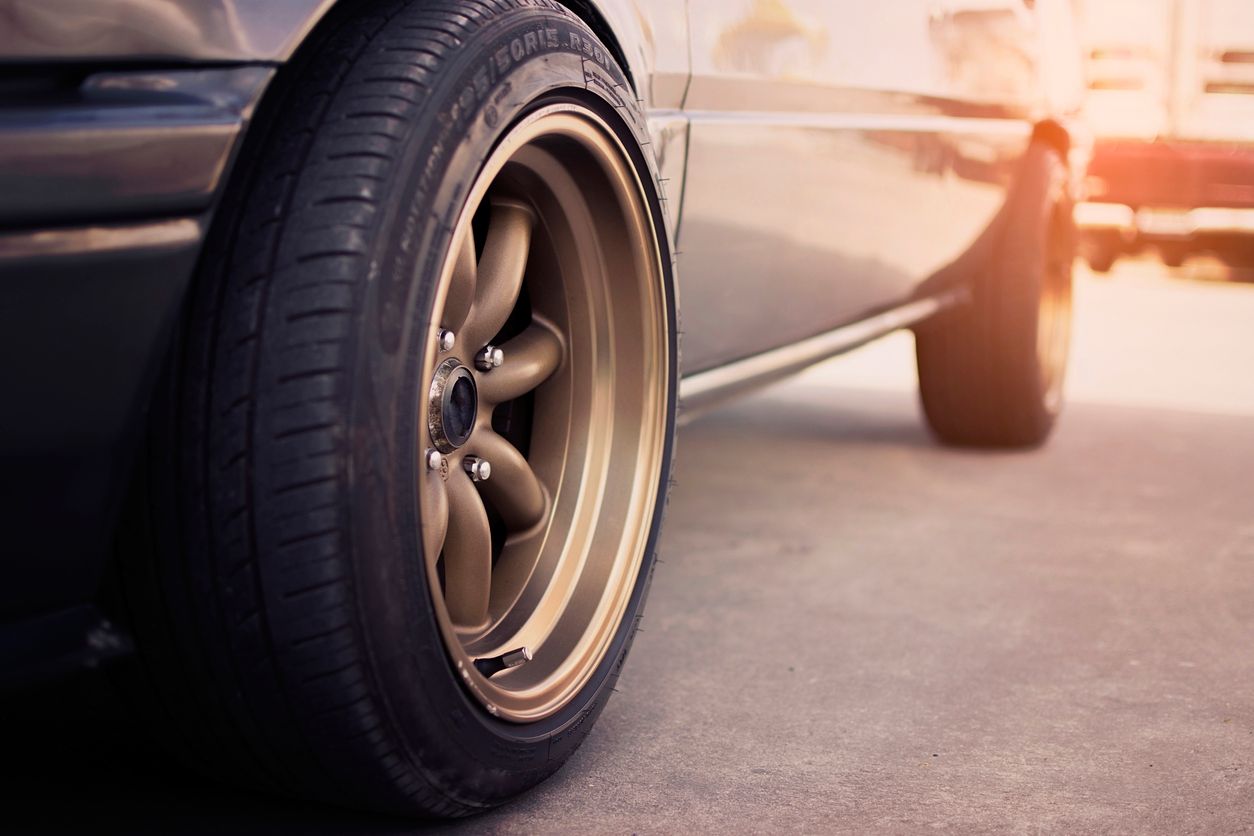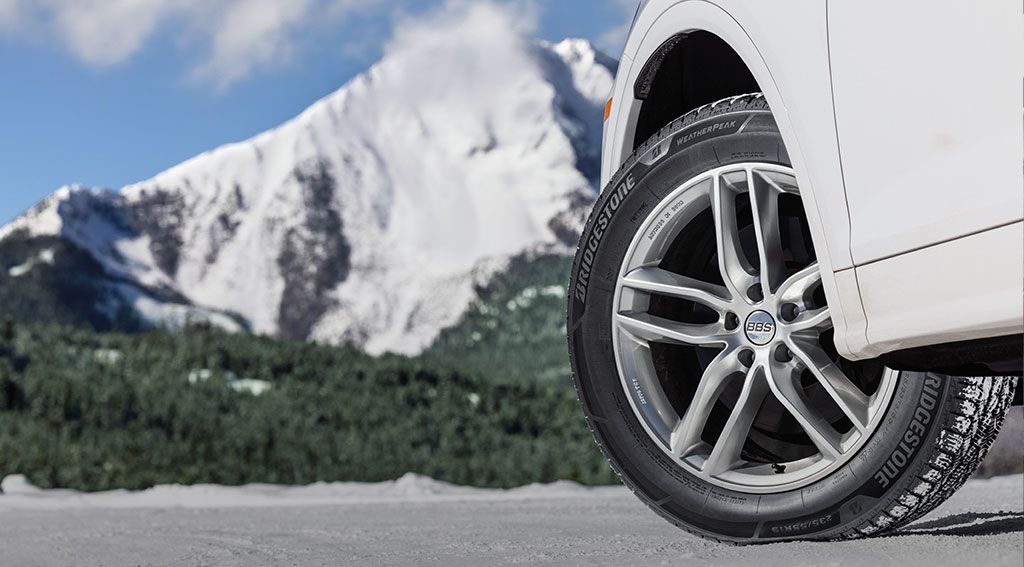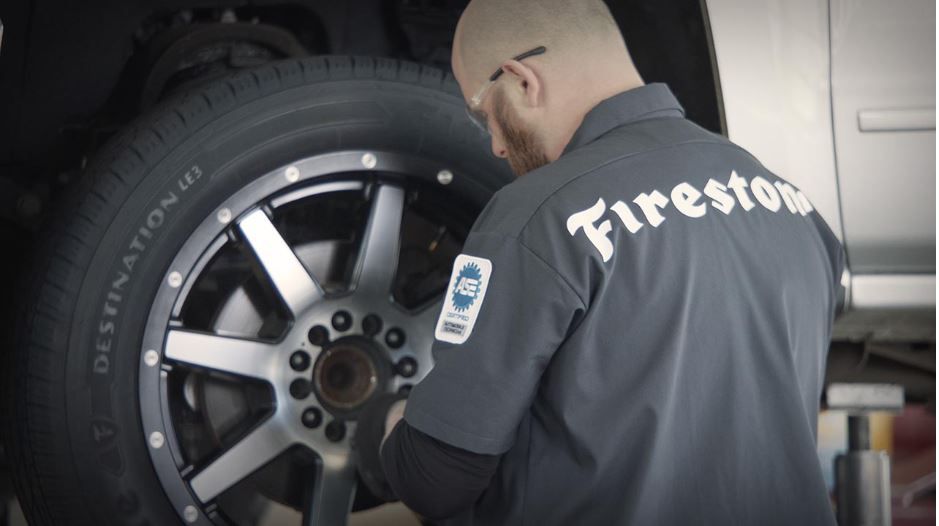Wheel backspacing and wheel offset is essentially the same thing. However, they use different methods and measurements (inches vs. mm) to determine how far inward or outward tires will sit on a vehicle.
Understanding wheel offset and backspacing is essential when trying to find the perfect fit, style, and function for your ride. Keep reading to learn why wheel offset and backspace matter, what they are, and how they're measured in this guide.
What is Wheel Backspacing
Wheel backspace is a measurement system used to determine where the wheels and tires are placed when bolted onto your vehicle's hub mounting surface. While higher backspace wheels sit further inward, closer to your vehicle's suspension components, lower backspace wheels sit outward, often protruding past the fender.
How is Wheel Backspacing Measured?
When calculating wheel backspace, measurements are determined in inches. It's the distance between the hub mounting surface and the back end of your wheel.
How to Check Backspacing on Wheels
Want to measure the backspace on your wheels yourself? Here's a common method:
- Carefully place your wheel face down on a flat surface.
- Place a straight, flat item (i.e., a wooden plank, yardstick, etc.) across the wheel diameter, ensuring that it adequately reaches both ends.
- Using a ruler or tape measure, measure down from the base of your chosen item to the mounting surface in inches.
What is Wheel Offset
Much like wheel backspace, offset measures where the wheels and tires will be located when mounted. However, wheel offset is calculated in millimeters (mm) and measures the distance from the centerline of the wheel to your vehicle's hub mounting surface.
There are three different offset types:
- Positive offset: When the hub mounting surface is located in the front half of the wheel closer to the wheel face. Positive offset wheels sit closer to the suspension system and typically further inward.
- Zero offset: When the mounting surface is even with the wheel's centerline. Zero offset wheels are often in line with the fender.
- Negative offset: When the hub mounting surface is located in the back half of the wheel closer to the wheel's back lip. Negative offset wheels sit further away from suspension components and often protrude past the fender.
Note: Most modern vehicles have wheels and tires with a positive offset. While some adventure vehicles used for off-roading— like AWDs and RWDs—feature zero or negative offset wheels.
Where to Find the Wheel Offset Number on a Wheel?
Ever wondered, "what is the factory offset of my wheels?" Offset measurements can typically be found on the back of your wheel, following the letters "ET."
Wheel Offset and Backspace Compared
When trying to gauge the relationship between wheel offset and backspace, it's important to consider three important factors. Offset measurements, how each type correlates, and calculation method.
| Wheel Offset | Wheel Backspace | |
|---|---|---|
| Measurement | Offset Millimeters (mm) | Backspacing Inches |
| Calculation Method | Distance from centerline of wheel to hub mounting surface | Distance from back of wheel to hub mounting surface |
| Inward Position | Positive Offset | Higher Backspace |
| Outward Position | Negative Offset | Lower Backspace |
Why Does Wheel Offset and Backspacing Matter?
Understanding wheel backspacing and offset can be crucial to your ride's look, feel, and handling. When driving, you want to ensure that your wheels and tires do not rub against essential components. With the wrong offset and backspacing measurements, your steering and suspension systems, fenders, frames, and brakes could become negatively affected.
Correct backspacing and offset can help ensure that your vehicle and tires don't sustain any unnecessary wear or damage. By making sure you choose the right fit, there'll be enough room for your vehicle's essential components to operate without being affected by the wheels.
Wheel Care Done Right at Firestone Complete Auto Care
Want to save time and money when choosing the right offset and backspacing on your vehicle? Stop by your nearest Firestone Complete Auto Care, and our professional technicians can help. From determining the best tire size for your ride to ensuring that your vehicle has the correct wheel backspacing and offset, we've got you covered. Schedule an appointment today!



